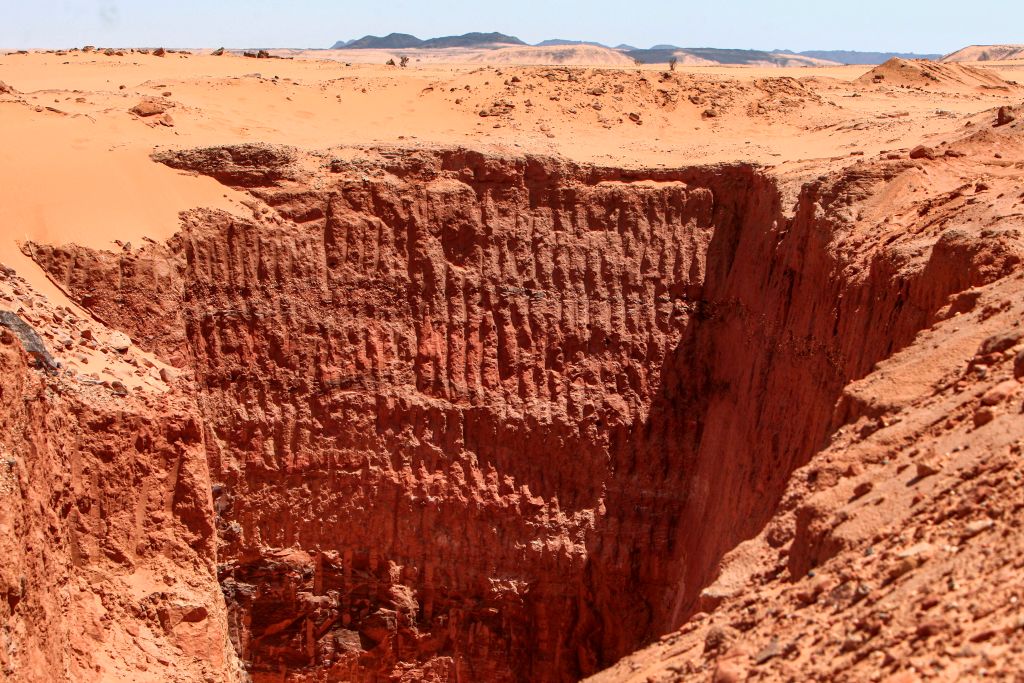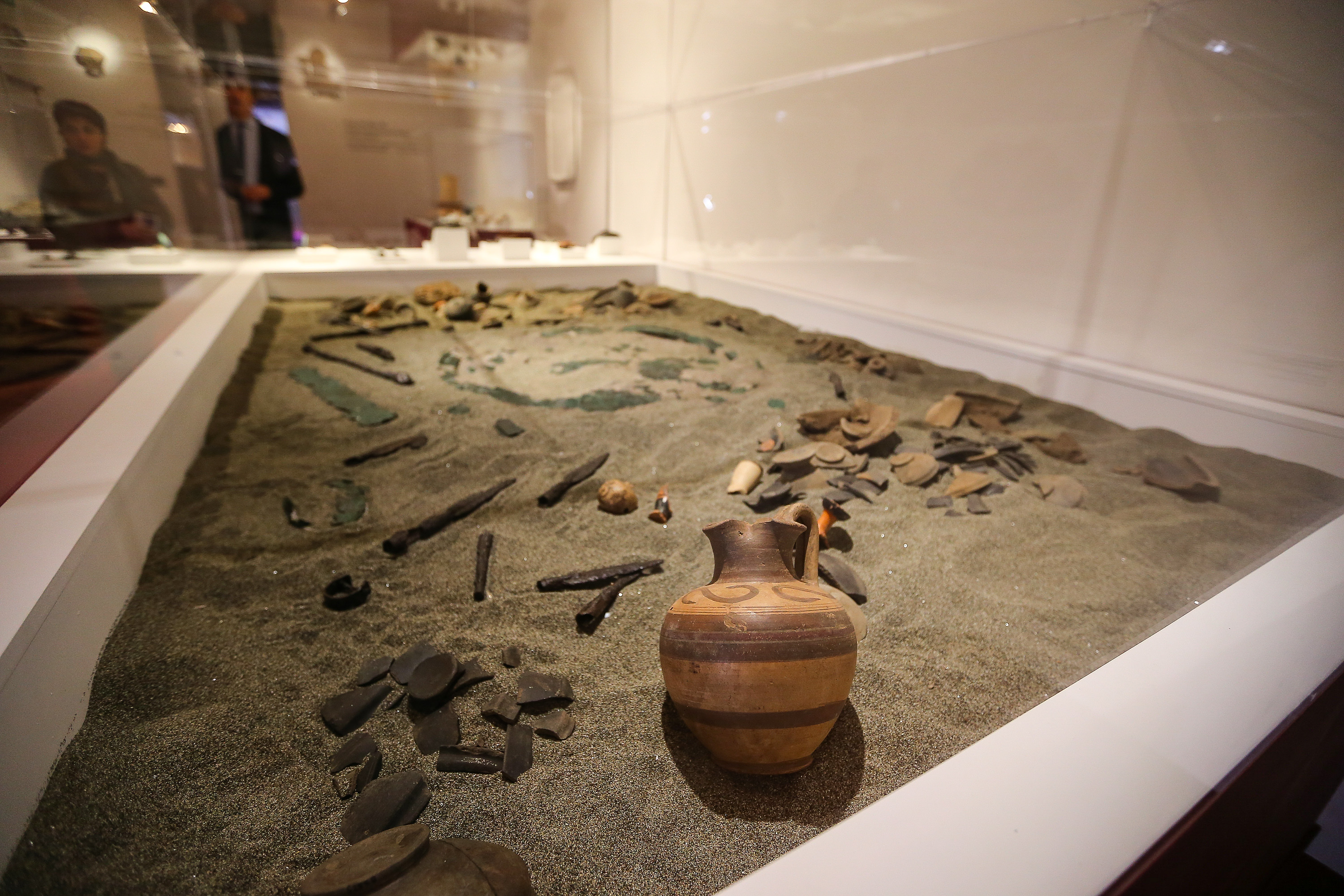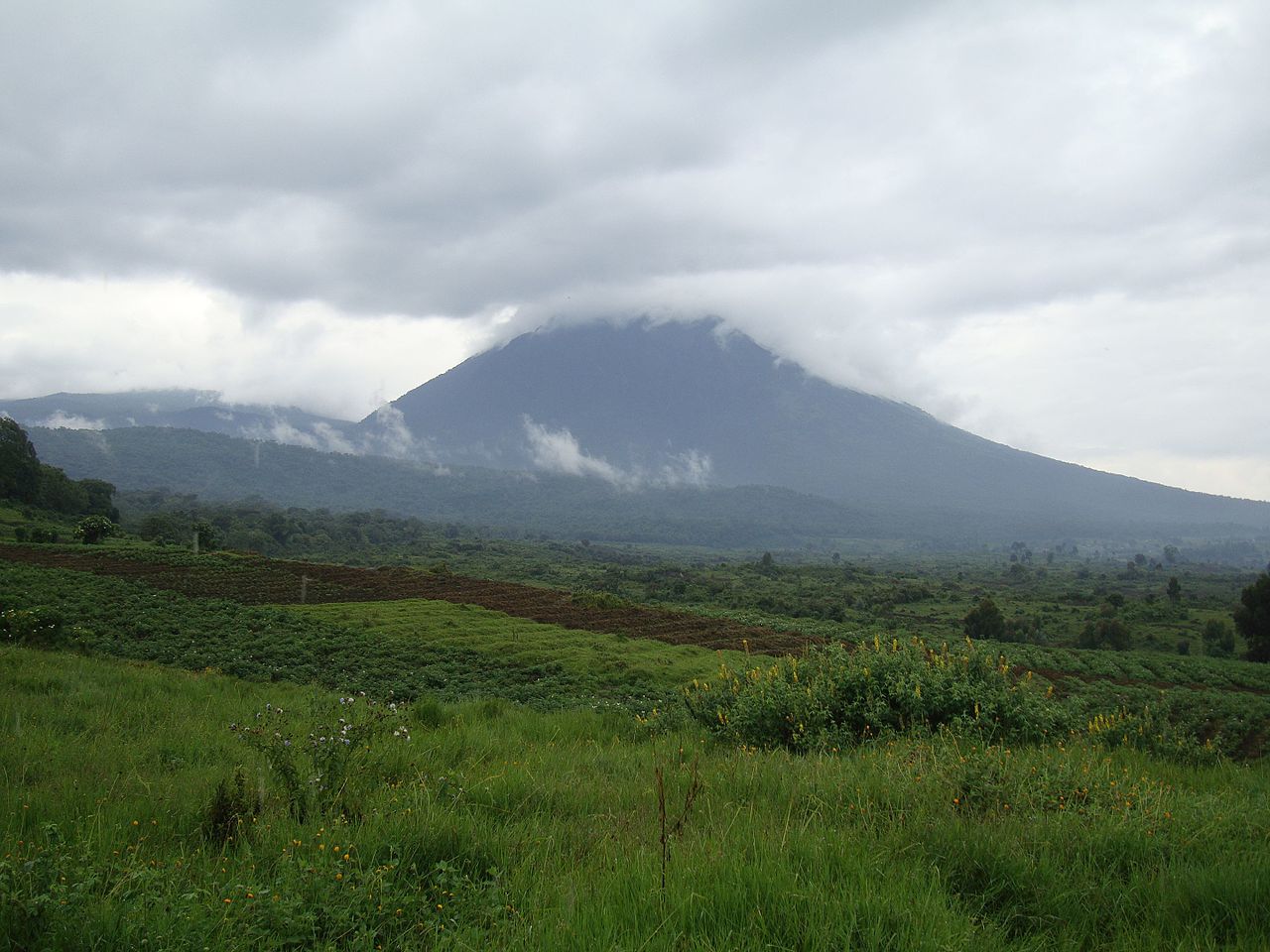What happens when a massive number of gold hunters descend on a historical site that’s stood for over 2,000 years? The odds aren’t good for the historical site. Earlier in August, the Jabal Maragha in Sudan was the target of a group of people searching for gold buried there. The effect was devastating.
According to an article at Smithsonian Magazine by Alex Fox, five men were involved in the dig — as well as a pair of digging machines. The hole dug by the machines was 65 feet long and 55 feet deep. It’s left the space, described by archaeologist Habab Idriss Ahmed as “a quiet and beautiful site,” utterly decimated.
A recent article by Sarah Cascone at Artnet succinctly describes the situation while also offering a sense of the historical significance of the site:
Gold hunters, digging illegally, have destroyed the historic landmark, erasing nearly every trace of what was a small settlement or checkpoint dating to the Kingdom of Kush’s Meroitic period, from 350 BC to 350 AD.
The World Monuments Fund also condemned the digging via a statement on their website. “This type of destruction and uncontrolled resource extraction is a common and growing problem in the region, home to hundreds of pyramids and other ancient sites. Much of Northern Sudan is sparsely populated,” it read. “Further, poor security and little to no enforcement by local authorities make these remote sites easy targets.”
It’s a disquieting scene for those with concerns about preservation and history — and it sounds like it’s just one example of a growing trend.
Subscribe here for our free daily newsletter.
Thanks for reading InsideHook. Sign up for our daily newsletter and be in the know.
















